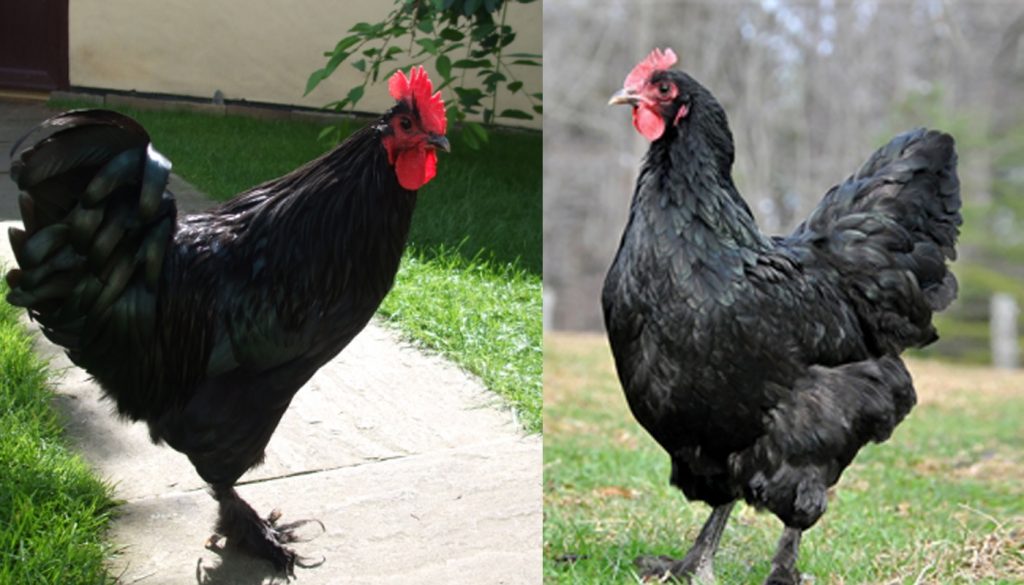
Langshan is said to have originated in China and are quite an old breed that is quite rare these days.
These feathered legged chickens are quite a large tall breed sporting feathers on their legs and feet.
However, the leg and feet feathering are mild unlike that of the Cochin and Brahma breeds.
These beautiful, calm, docile yet confident chickens are quite hard to find in the present day with the Croad Langshan basically unobtainable as the hatcheries that may breed them tend not to sell them.
A complete dual-purpose chicken with tasty white meat and large brown eggs some with a deep shade of purple. They also make great pets and gardening companions with a penchant for foraging.
| Country of Origin: | China |
| American Poultry Association: | Yes – They are recognized as a breed of chicken in the United States Initially, the Black variety was admitted to the Standard of Perfection in 1883, the White Langshan in 1893 and the Blue variety in 1987 |
| Chicken Category: | Large Breed |
| Chicken Class: | Asiatic |
| Bantam Variety Available? | Yes – Feather Legged Bantam Classification |
| Good Starter Chicken? | Yes, these chickens are a good starter chicken but are hard to find |
IDENTIFICATION⇒ |
Appearance/Body: The Langshan is a tall breed carry themselves as if their heads are held high enhancing their tall elegance. They have long bluish/black legs with feathers covering their shanks and third toe. Their legs and feet do not have as many feathers as breeds such as the Cochin and Brahma.
They carry their full tails high making almost a perfect U-shape from their head down their backs to the tips of their tail feathers. The pretty faces have deep brown eyes, red wattle and comb. They have small bones for their size and are tightly feathered.
Color(s) Black, White and Blue
Comb: They have a single comb
Ave. Weight: Pullet: 6.5 lbs. Hens: 7.5 lbs. Cockerel: 8 lbs. Rooster: 9.5 lbs. |
PURPOSE⇒ |
Eggs: They are very good egg layers.
They lay large brown eggs They lay 200 – 220 eggs per year They will lay consistently throughout the year They start to lay eggs from around 26 weeks old.
Meat: They have white skin
Their white meat makes them a delectable table bird with a meaty carcass. Their body shape makes them excellent for roasting.
Breeding: The Langshan is more for an experienced breeder. However, they are easy to rear and are quite fast-growing chickens.
The hens to get seasonally broody They do not make good brood hens They will sit on their eggs but as they are not too dedicated a sitter it is best to have either brood hens or incubation equipment to help hatch them. They will raise their chicks and make very good mothers.
Show Bird: Their Hight, carriage, long elegant feathered legs, shiny plumage and pretty faces make the Langshan the supermodel of show birds.
Pets: They are friendly, calm birds that are easy to handle making them good to keep as a pet.
Other: The Langshan will bring an elegance to your flock with the added bonus of lots of nutritious eggs for the table.
|
CHARACTERISTICS |
|
|---|---|
| Life Expectancy: | The average lifespan is 8 years depending on their environment |
| Health: | They are quite a hardy breed with not many known health issues |
| Temperament: | Calm, friendly but alert, active and easy to handle |
| Flyers? | They can fly quite high and have been known to clear a six-foot fence |
| Noisy Birds? | They are relatively quiet birds |
| Interaction with other chickens: | As they are quite large other breeds even the more aggressive ones tend to get along well with them. |
| Good with kids? | These birds do well with children as they are friendly, inquisitive and easy to handle. They are quite a heavy chicken, so it is best that smaller children are supervised around them and do not try to pick them up. |
| Socialize Behavior? | Due to their size, most domestic animals tend to leave them alone but these chickens do not mind socializing with other friendly animals. |
| Known predators: | Always keep an eye on domestic pets such as dogs and cats. If hawks and or foxes are in your area it is always best to take precautions. Check with local animal shelters, zoos, vets, animal control and or pet stores about common predators in your area. |
| Conservation Status: | These birds conservation status is recorded as “watch” |
IDEAL ENVIRONMENT |
|
|---|---|
| Garden Size: | They will bear confinement well if necessary and adjust to almost any garden size. The ideal is a medium to larger garden/homestead/farm as they are excellent foragers that love the exercise of free-ranging during the day |
| Ideal Climate: | The Langshan was bred in rather damp climates so are very hardy in colder climates. They can also be raised on any soil type making them one, if not the only, Asiatic breed that is suited to the South States of the USA. Although they will tolerate the heat they may have issues in extreme heat and will need a lot of shady spots along with clean cool water. |
| Ideal Coop: | The rule of thumb for any coop is 50 cm x 50 cm per hen/rooster in the coop. Ensure there is a good space for the nesting boxes and nightly roosting rails at least 1.5 inches wide. Good ventilation for air but not too drafty especially in winter. It is always a good idea to raise the coop off the ground to give the birds a dry place to roost and lay especially in wet weather. |
| Ideal Coop Run: | As the Langshan is an excellent flyer that can clear quite a high fence it is best to completely cover the coop run. The White variety is more susceptible to night predators than the darker colors. As they are big birds their coop run will need a bit more space than the normal sized chickens. |
| Ideal Flock Size: | They are quite happy in any size flock as long as they have a companion or two. As they are large the size will be dependent on the size of your garden. For smaller to medium gardens, it is best to mix one or two of these large ladies with a smaller breed if you are wanting three or more chickens in your flock. |
| Special Instructions: | As a recognized breed by the APA for show birds you will need to check the breed’s Standard of Perfection requirements to ensure your birds comply |
| Accessories: | The following accessories are ideal for your coop: Nesting boxes Straw for the boxes and roosting area Roosting rails Perches Water troughs/bowls Food bowls/feeders Heating lamp(s) Animal carrier for transport purposes |
| You may Also Like: | 45 FREE DIY CHICKEN COOP PLANS, TUTORIALS AND DESIGNS |
WHERE TO BUY THEM |
|
|---|---|
| Live Poultry Outlets: | They are rarely found at these outlets being quite a rare breed in the USA |
| Internet Poultry Websites: | There may be a few hatcheries that advertise Langshan on the internet, but it is best to do the necessary authentication checks to ensure you are getting true Langshan. |
| Organizations: | American Poultry Association is one of the best places to find out about the Langshan and where you may find the variety you would like to add to your flock American Livestock Conservancy is another useful source of information and does have a comprehensive list of various breeders. |
| Breeders Clubs: | The American Langshan Club is a good club to join should you wish to raise and or keep Langshan. They will also be able to help find reputable registered breeders. |
| Other: | The organizations and or breeders listed above may also have a host of valuable information about your chickens. They will also be able to provide you with any special instructions, problems, etc. about your chickens. |
HISTORY
The Langshan first came to light in 1872 when it was imported from to England by Major F.T. Croad.
This breed came from an area on the outskirts of Nantong in the lower area of the Yangtse-Kiang River in China.
The Langshan area which means Wolf Mountain and is where these chickens take their name from.
It was Miss A. C. Croad, Major Croad’s niece, who established the breed in Britain. The Croad Langshan is used to define the original breed that was imported by the Croad’s. In 1904 the Croad Langshan Club was established in Britain.
These chickens were used as a utility fowl that was of great used right up until the Second World War. Where, as with many other chicken breeds, their numbers declined as did the breed club which eventually fell away leaving the breed without club representation in Britain.
It was not until the late 1900’s and the breed critically endangered were they rescued by the Rare Poultry Society. The Langshan club in the UK was reformed in 1979.
The Langshan made its way to the American shores in 1878.
The original Croad Langshan is of the black variety with beautiful glossy plumage that shines a brilliant green in some light. The Black Langshan is still one of the most popular varieties kept in modern times.
NOTES / SPECIAL INSTRUCTIONS
As they are registered as a “watch” conservation status they may need an extra license to own or keep in your garden. For advice on what the bird’s conservation status and orders are please check with your local conservation department.
For breeders, it is imperative that you always check your bird’s bloodlines and ensure you are buying your birds from a reputed breeder/farm. In order to sell birds of such stature, they have to be recorded and documented, always check with local animal breeding organizations for these records.
These legitimate documents are also required should you wish to show your bird(s) in various poultry shows/competition showings.
For information and advice on adopting rescued animals, you can visit or contact your local animal welfare center.
Video
USEFUL LINKS
- Caring for your Chicken
- Feeding
- Health
- Socializing your Chicken
- Breeding Chicken
- Raising Chickens A-Z
- Hatching Eggs
- What is Molting
- Animal Shelter (ASPCA)
- American Veterinary Medical Association
- American Poultry Association
- American Animal Welfare Society
- American Animal Control
- American Animal Husbandry Society
References
- https://en.wikipedia.org
- https://livestockconservancy.org
- https://www.roysfarm.com
- https://www.mypetchicken.com
- https://www.backyardchickens.com
- https://www.feathersite.com/
 Delaware Chicken Breed – Everything You Need to Know
Delaware Chicken Breed – Everything You Need to Know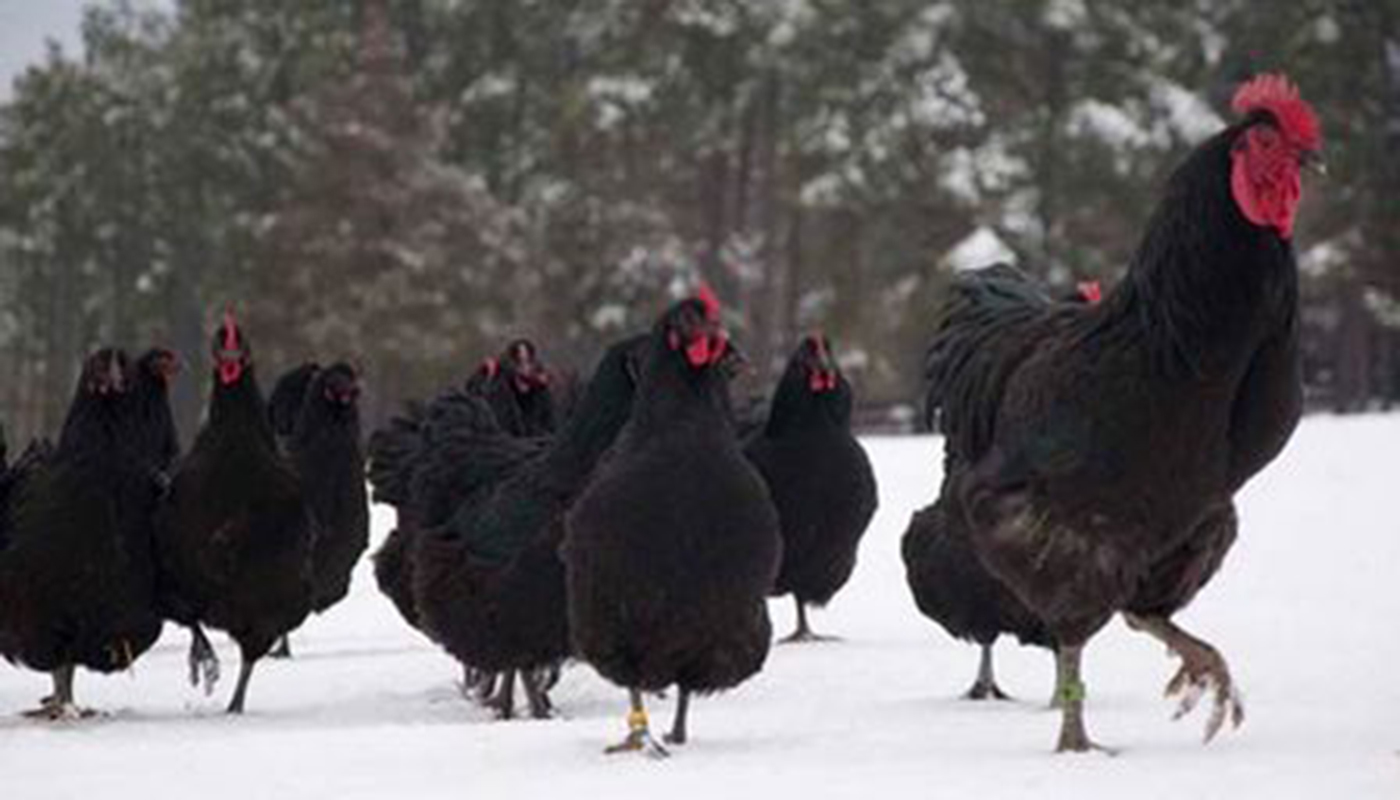 Jersey Giant Chicken Breed – Everything You Need to Know
Jersey Giant Chicken Breed – Everything You Need to Know Kraienkopp Chicken Breed – Everything You Need to Know
Kraienkopp Chicken Breed – Everything You Need to Know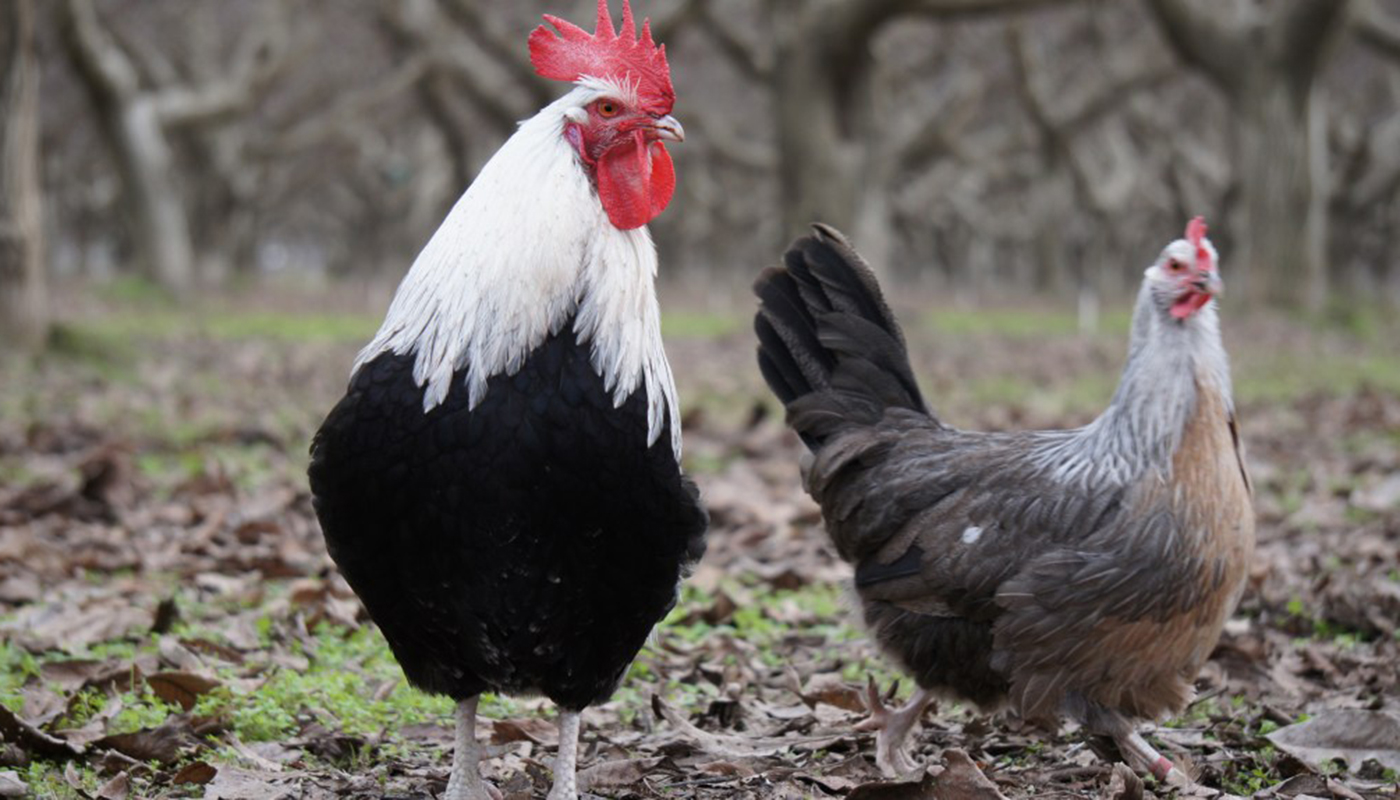 Dorking Chicken Breed – Everything You Need to Know
Dorking Chicken Breed – Everything You Need to Know Holland Chicken Breed – Everything You Need to Know
Holland Chicken Breed – Everything You Need to Know Frizzle Chicken Breed – Everything You Need to Know
Frizzle Chicken Breed – Everything You Need to Know Araucana Chicken Breed – Everything You Need to Know
Araucana Chicken Breed – Everything You Need to Know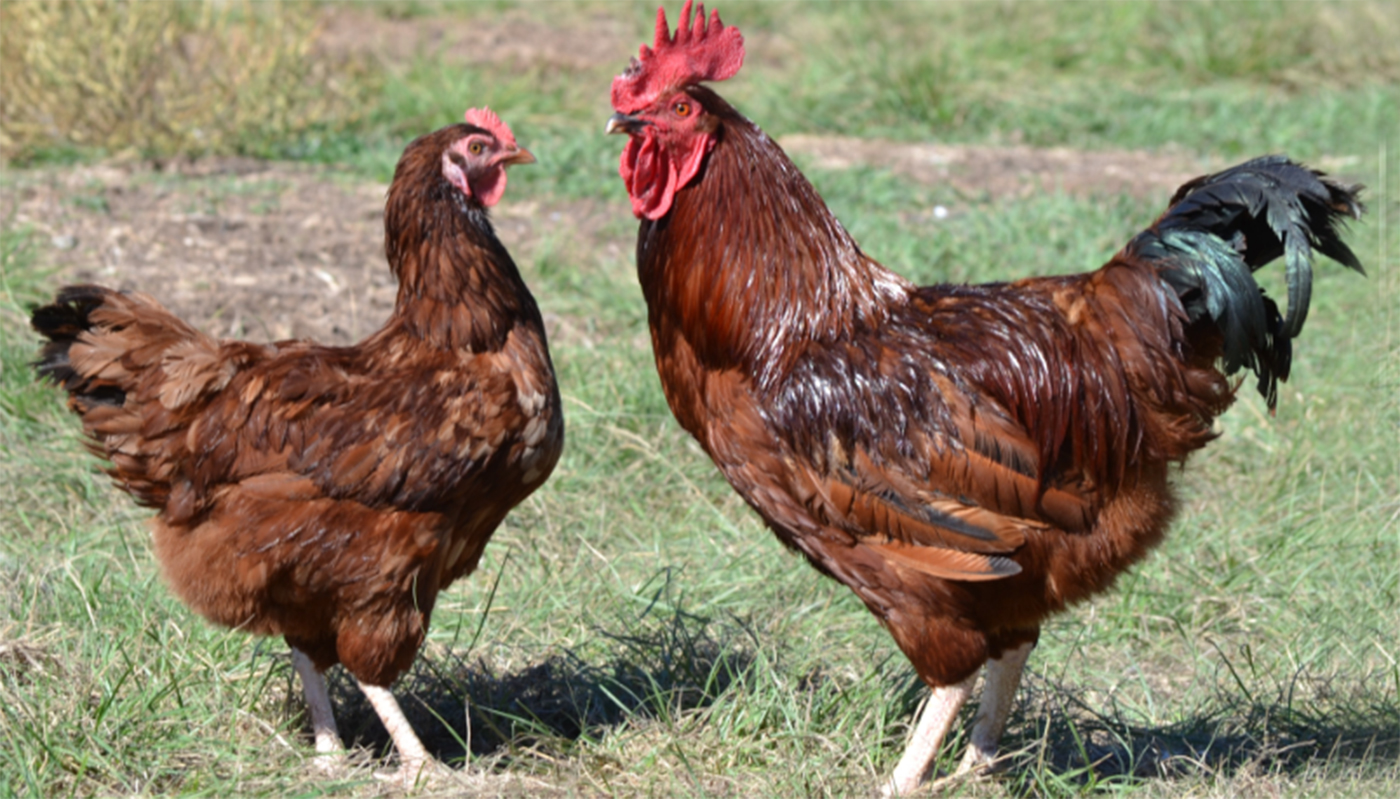 Rhode Island White Chicken Breed – Everything You Need to Know
Rhode Island White Chicken Breed – Everything You Need to Know Crevecoeur Chicken Breed – Everything You Need to Know
Crevecoeur Chicken Breed – Everything You Need to Know CONDITIONS THAT AFFECT A CHICKENS SKIN
CONDITIONS THAT AFFECT A CHICKENS SKIN Planning and Housing a flock of chickens
Planning and Housing a flock of chickens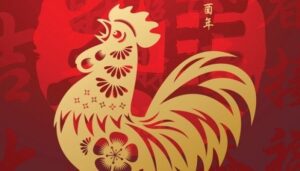 The Zodiac of Chickens: Matching Chicken Breeds to Astrological Signs
The Zodiac of Chickens: Matching Chicken Breeds to Astrological Signs